Extreme Dormancy as a Way to Survive on Earth and Possibly also on Alien Planets (and May also be a Solution to Long-Term Space Travel) Posted on BigThink, with link at https://www.searchforlifeintheuniverse.com/post/extreme-dorm…en-planets
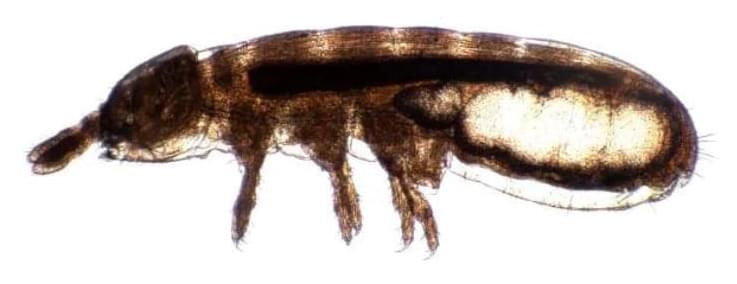

Extreme Dormancy as a Way to Survive on Earth and Possibly also on Alien Planets (and May also be a Solution to Long-Term Space Travel) Posted on BigThink, with link at https://www.searchforlifeintheuniverse.com/post/extreme-dorm…en-planets
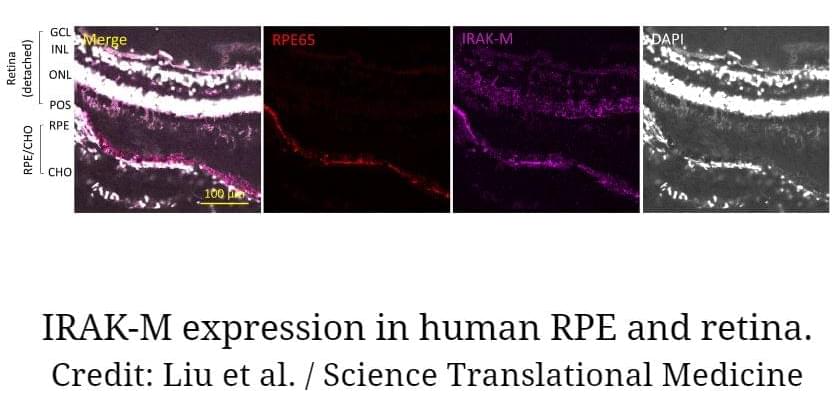
Cirrus Therapeutics, the University of Bristol, and London’s Global University Institute of Ophthalmology have discovered a new treatment for age-related macular degeneration (AMD), the leading cause of vision loss among older adults.
Featured on the cover of the journal Science Translational Medicine, this research reveals that boosting a specific protein, IRAK-M, in retinal cells could offer a new and highly effective therapy for AMD.
AMD can severely impact a person’s vision. Patients suffering from AMD often start with blurred vision or seeing a black dot in their central vision, which can ultimately expand to the point where there is no useful central vision. Currently, AMD affects approximately 200 million people worldwide, a number projected to rise to 288 million by 2040 with graying populations. The exact cause of AMD is complex and thought to involve a combination of aging, environmental, and lifestyle factors.

Exoplanets are common in our galaxy, and some even orbit in the so-called habitable zone of their star. NASA’s James Webb Space Telescope has been busy observing a few of these small, potentially habitable planets, and astronomers are now hard at work analyzing Webb data. We invite Drs. Knicole Colón and Christopher Stark, two Webb project scientists at NASA’s Goddard Space Flight Center, to tell us more about the challenges in studying these other worlds:
A potentially habitable planet is often defined as a planet similar in size to Earth that orbits in the ‘habitable zone’ of its star, a location where the planet could have a temperature where liquid water could exist on its surface. We currently know of around 30 planets that may be small, rocky planets like Earth and that orbit in the habitable zone. However, there is no guarantee that a planet that orbits in the habitable zone actually is habitable (it could support life), let alone inhabited (it currently supports life). At the time of writing, there is only one known habitable and inhabited planet—Earth.
The potentially habitable worlds Webb is observing are all transiting exoplanets, meaning their orbits are nearly edge-on so that they pass in front of their host stars. Webb takes advantage of this orientation to perform transmission spectroscopy when the planet passes in front of its star. This orientation allows us to examine the starlight filtered through the atmospheres of planets to learn about their chemical compositions.
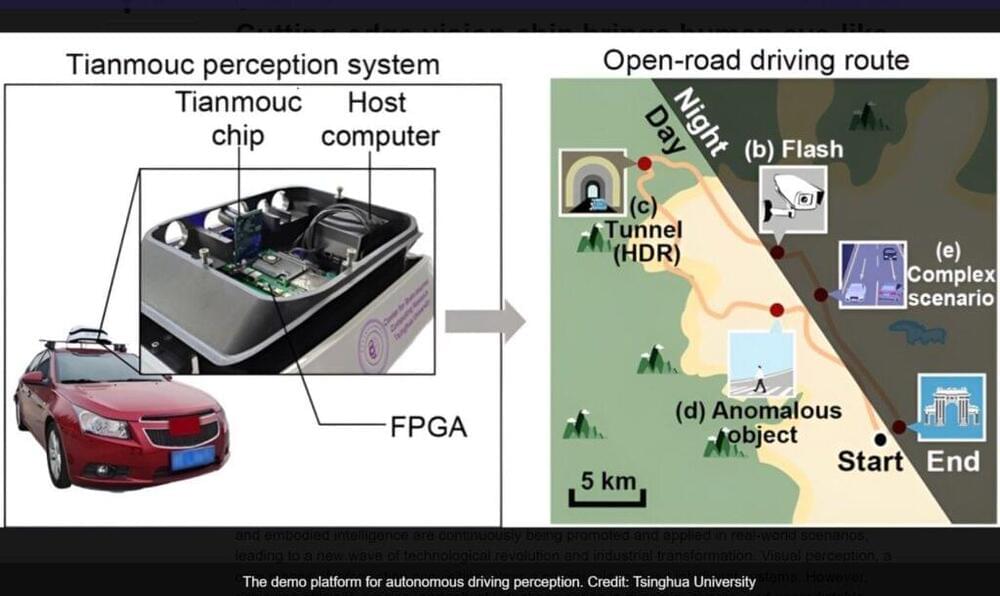
With the rapid advancement of artificial intelligence, unmanned systems such as autonomous driving and embodied intelligence are continuously being promoted and applied in real-world scenarios, leading to a new wave of technological revolution and industrial transformation. Visual perception, a core means of information acquisition, plays a crucial role in these intelligent systems. However, achieving efficient, precise, and robust visual perception in dynamic, diverse, and unpredictable environments remains an open challenge.
In open-world scenarios, intelligent systems must not only process vast amounts of data but also handle various extreme events, such as sudden dangers, drastic light changes at tunnel entrances, and strong flash interference at night in driving scenarios.
Traditional visual sensing chips, constrained by the “power wall” and “bandwidth wall,” often face issues of distortion, failure, or high latency when dealing with these scenarios, severely impacting the stability and safety of the system.
Thermodynamic computing introduces a new, potentially more energy-efficient and probabilistic approach to computing, which could revolutionize the way we approach and understand computing Questions to inspire discussion What is thermodynamic computing? —Thermodynamic computing is a new approach to computing that aims to be more energy-efficient and probabilistic.
Brighter with Herbert.
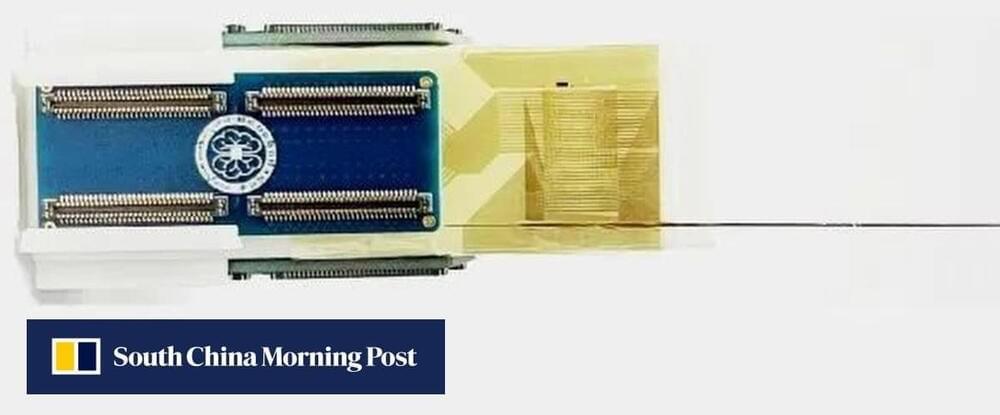
The probe also achieved stable neural recordings in rat brains for up to two years, showing excellent biocompatibility and long-term recording stability, state news agency Xinhua reported.
Cheng Heping, with the Chinese Academy of Sciences and director of the National Centre for Biomedical Imaging Science at Peking University, told Xinhua that the achievement provided a powerful tool for high-throughput simultaneous monitoring of activity in multiple brain regions, and for exploring the relationships between neural activity and behaviour.
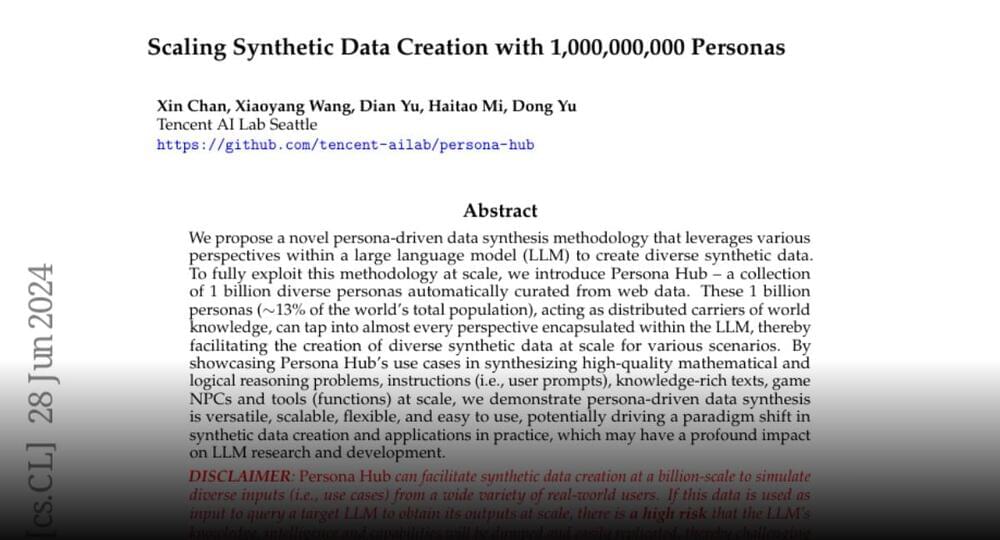
Xin Chan, Xiaoyang Wang, Dian Yu, Haitao Mi, Dong Yu Tencent AI Lab Science June 2024 https://huggingface.co/papers/2406.
We propose a novel persona-driven data synthesis methodology that leverages various perspectives within a…
Join the discussion on this paper page.
This study uncoversthe pivotal role of the enzyme METTL4 in promoting tumor metastasis through the mediation of nuclear N6-methyldeoxyadenosine (6mA) in mammalian cells. By utilizing cellular models, the study demonstrates how hypoxia induces METTL4 to mediate 6mA modifications. This process, in turn, activates genes essential for tumor metastasis, including the involvement of specific long noncoding RNA and a novel HIF-1α co-activator, ZMIZ1. These findings not only shed light on the epigenetic mechanisms driving tumor progression but also establish METTL4 as a prognostic marker for cancer and a potential target for therapeutic intervention. The promise of this discovery lies in its potential to inspire new strategies for combating hypoxia-induced tumor progression, opening avenues for further research and development in cancer treatment.
DNA N6-methyldeoxyadenosine (6mA) has been recognized in various organisms for its role in gene regulation. However, its function in mammalian cells, particularly in the context of cancer, has remained elusive. Previous studies have shown that 6mA modifications can influence gene expression and are present in several species, indicating a potential regulatory role in tumorigenesis. This research addresses a critical gap in understanding the nuclear role of 6mA and its enzymatic mediator METTL4, in mammalian tumor cells, particularly under hypoxia (a common condition in tumor microenvironments that promotes metastasis). The study posits that METTL4-mediated 6mA deposition is a key epigenetic modification that activates metastasis-inducing genes. This finding offers a new perspective on the mechanisms of tumor progression and identifying novel targets for therapeutic intervention.
According to recent World Health Organization statistics, cancer remains a leading cause of death globally, with metastatic cancers posing significant treatment challenges. This study’s revelations underscore the urgent need for novel therapeutic strategies to address the complex mechanisms of cancer metastasis. By linking the research findings to SDG 3, which aims to ensure healthy lives and promote well-being for all, the study highlights the potential for significant advancements in cancer treatment. Ultimately, the study paves the way for improved health outcomes and underscores the importance of continued investment in research and development to combat the global cancer burden.
Is it possible that a cure for cancer will be available in one year’s time? A team of Israeli scientists believes so.